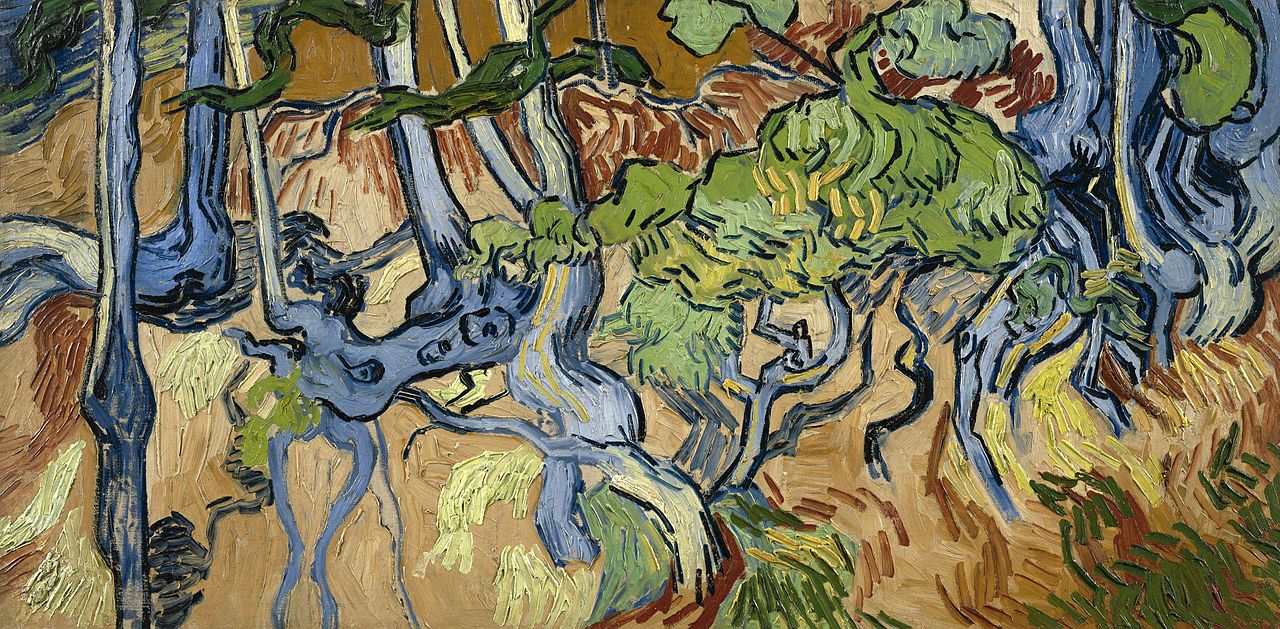The story of Vincent van Gogh’s life tends to be outlined by his psychological condition and the not-unrelated manner of his dying. (It does if we put aside the episode with the mutilated ear and the brothel, anymethod.) The figure of the impoverished, neglected artist whose work would revolutionize his medium, and whose descent into madness ultimately drove him to take his personal life, has confirmed irresistible to modern storytellers. That group contains painter-filmmaker Julian Schnabel, who advised Van Gogh’s story a couple of years in the past with At Eternity’s Gate, and Vincente Minnelli, who’d earlier given it the total CinemaScope deal withment in 1956 with Lust for Life.
It’s thanks largely to Lust for Life that casual Van Gogh followers lengthy regarded Wheatdiscipline with Crows as his remaining painting. “The painting’s darkish and gloomy subject matter appeared to perfectly encapsulate the final days of Van Gogh, stuffed with foreboding of his eventual dying,” says gallerist-Youtuber James Payne in his new Nice Artwork Defined video above.
Latestly, however, the consensus has shifted towards a different, much lesser-known work, Tree Roots. Like Wheatdiscipline with Crows, Van Gogh painted it within the rural village of Auvers-sur-Oise, to which he moved after examineing out of the final asylum wherein he’d acquired deal withment. There, in his remaining weeks, he “labored on a collection of landscapes on the hills above Auvers,” all rendered on wide-format canvases he’d never used earlier than.


That this collection consists of “huge expanses, wholely devoid of any human figures” makes it look “as if he has given up on humanity.” What’s extra, Tree Roots can also be “devoid of kind. It’s unfinished, which is excessively unusual for Van Gogh, and an indication it was nonetheless being labored on when he died.” Its obscure location solely turned clear during the time of COVID-19, when Van Gogh specialist Wouter van der Veen was looking by way of a cache of outdated French submitplaying cards he’d acquired and happened to identify a excessively familiar set of roots. Due to this coincidence, we will now visit the very spot wherein Van Gogh painted what’s now considered his final work on the morning of July twenty seventh, 1890, the identical day he selected to finish his personal life. This counts as a mystery solved, however certainly the artwork Van Gogh made during his abbreviated however prodigious profession nonetheless has a lot to divulge to us.
Related content:
1,500 Paintings & Drawings by Vincent van Gogh Have Been Digitized & Put On-line
Vincent van Gogh’s The Starry Evening: Why It’s a Nice Painting in 15 Minutes
Van Gogh’s Ugliest Masterpiece: A Break Down of His Late, Nice Painting, The Evening Café (1888)
Based mostly in Seoul, Colin Marshall writes and broadcasts on cities, language, and culture. His initiatives embody the Substack newsletter Books on Cities, the e-book The Statemuch less Metropolis: a Stroll by way of Twenty first-Century Los Angeles and the video collection The Metropolis in Cinema. Follow him on Twitter at @colinmarshall or on Facee-book.
